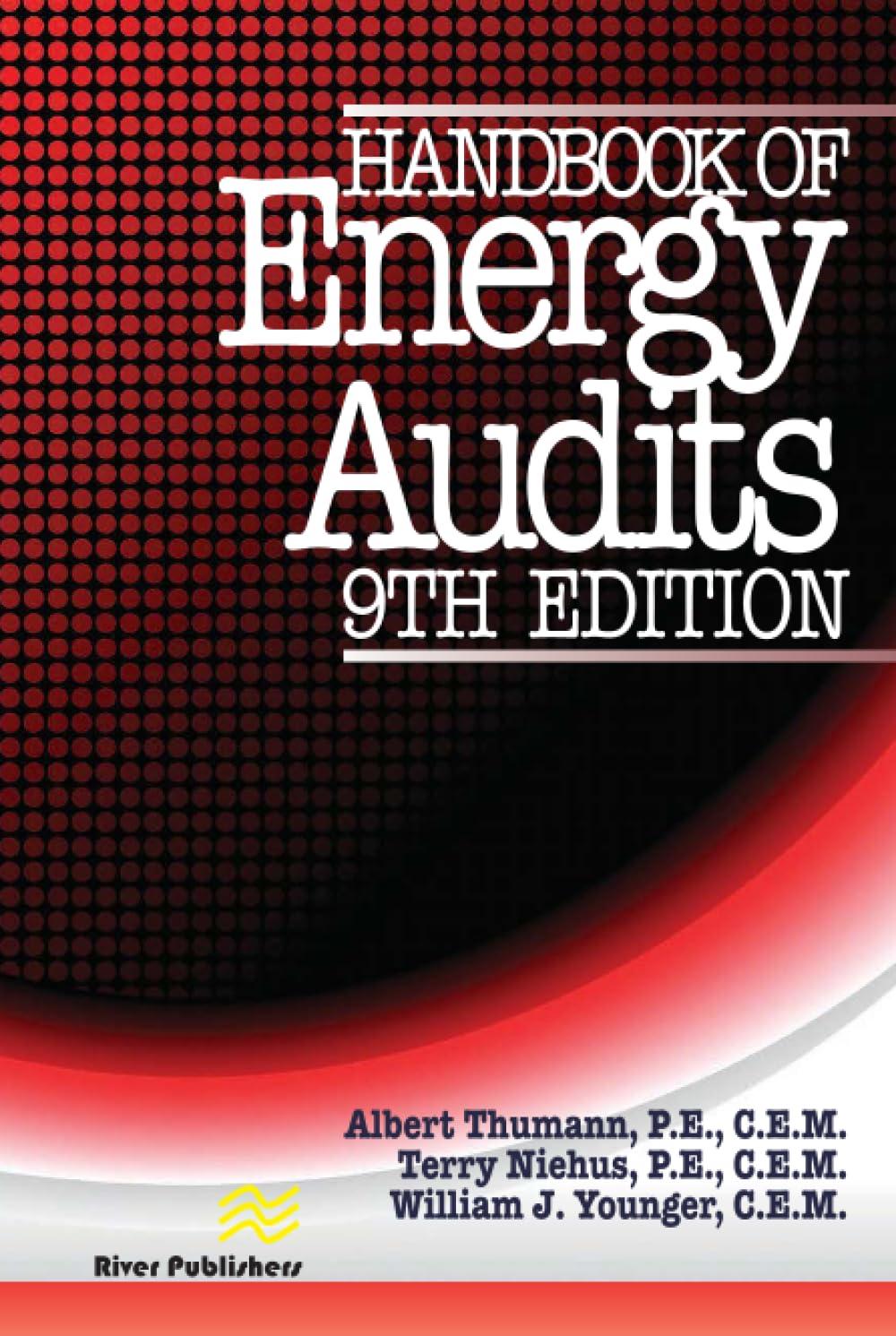Question
The Lookkin Good Company (LGC) was founded 3 years ago by Jinmei, a grade 9 student in Merrickville, Ontario. Her company manufactures environmentally friendly cosmetics
The Lookkin Good Company (LGC) was founded 3 years ago by Jinmei, a grade 9 student in Merrickville, Ontario. Her company manufactures environmentally friendly cosmetics and has seen some amazing growth over the last three years. Jinmei is a new CEO and is still learning the ropes and is looking to you for advice.
Looking Good Company
Income Statement and other information
| Year 3 | Year 10 | |
| Revenue | 2,000,000 | |
| Expenses | 1,000,000 | |
| 1,000,000 | ||
| Tax (35%) | 350,000 | |
| Net profit | 650,000 | 8,000,000 |
| Equipment cost | 50,000 | |
| Cost to borrow | 12% | |
| CCA | 25% | |
| Net cash flow | 2,400,000 | |
| Stock price | $64.00 |
Jinmei and her brother split ownership and own a total of 1,000,000 common shares.
Jinmei is so excited that LGC is doing so well in Year 3. Revenues have sky-rocketed and she has had to hire all the students at her school. She is considering whether she should borrow funds and purchase production equipment to manufacture cosmetics or lease under an operating lease arrangement. If LGC purchases the equipment, it will cost $50,000. LGC can borrow funds from the bank for 4 years at 12 percent interest. The equipment will qualify for a 25 percent CCA. Assume a tax rate of 35 percent.
The other alternative is to sign two operating leases, one with payments of $2,600 for the first two years and the other with payments of $4,600 for the last two years. In your analysis, note all-around values to the nearest dollar. The leases should be treated as operating leases.
In the end, Jinmei decides to not acquire any new equipment. An investment dealer, ABC Securities, has convinced her that going public is the best way to raise funds for her production equipment purchase and company growth plans.
The new public issue is anticipated to occur at the beginning of Year 4 and will represent about 2,000,000 shares. The new shares will be priced to the public at $15.00 per common share, with a 4% spread on the offering price. There will also be $150,000 in out-of-pocket costs to the corporation. (Note assume shares are issued on January 1).
In Year 10, LGC has finally arrived at a point where it has excess cash flows of $2.4 million. Jinmei wishes to consider paying a cash dividend of $1.20 per share to her shareholders. LGC shares were trading at $64.00. However, her brother, Jinhou, was uncertain whether paying the cash dividend was the way to go, and before a recommendation was to the Board of Directors, he asked you to do a few calculations.
- Jinmei is uncertain what it means to capitalize on lease payments. Please explain.
- She would also like to understand in a lease vs buy decision, why is the discount rate the after-tax cost of debt. Please explain.
- Compute the after-tax cost of the lease for the four years.
- Compute the annual payment of the loan.
- Compute the amortization of the loan (disregard a small difference from a zero balance at the end of the loan. It is due to rounding).
- Determine the cash flow effect of the CCA.
- Determine the after-tax cost of the borrow-purchase alternative.
- Compute the present value of the after-tax cost of the two alternatives.
- If the objective is to minimize the present value of after-tax costs, which alternative should be selected.
- Compute the net proceeds of the stock issue to Lookkin Good Company.
- Calculate EPS before the stock issue.
- Calculate EPS after the stock issue.
- Calculate the rate of return that must be earned on net proceeds to the corporation so that there is no dilution in EPS during the year of going public.
- Determine what rate of return must be earned in proceeds so that there will be a 4% increase in EPS during the year of going public.
- What is LGCs PE ratio?
- If LGC paid a cash dividend, what would be its dividend yield and dividend payout per share?
- If a shareholder held 100 shares and received the cash dividend, what would be the total value of the shareholders portfolio?
- Assume that instead of paying out the cash dividend, the firm used $2.4 million of excess funds to purchase shares at $65.20, slightly over the current market price. How many shares could be repurchased? (round to the nearest share).
- What would be the new EPS under the share repurchase alternative?
- What is the payout ratio under the cash dividend alternative?
Step by Step Solution
There are 3 Steps involved in it
Step: 1

Get Instant Access to Expert-Tailored Solutions
See step-by-step solutions with expert insights and AI powered tools for academic success
Step: 2

Step: 3

Ace Your Homework with AI
Get the answers you need in no time with our AI-driven, step-by-step assistance
Get Started


